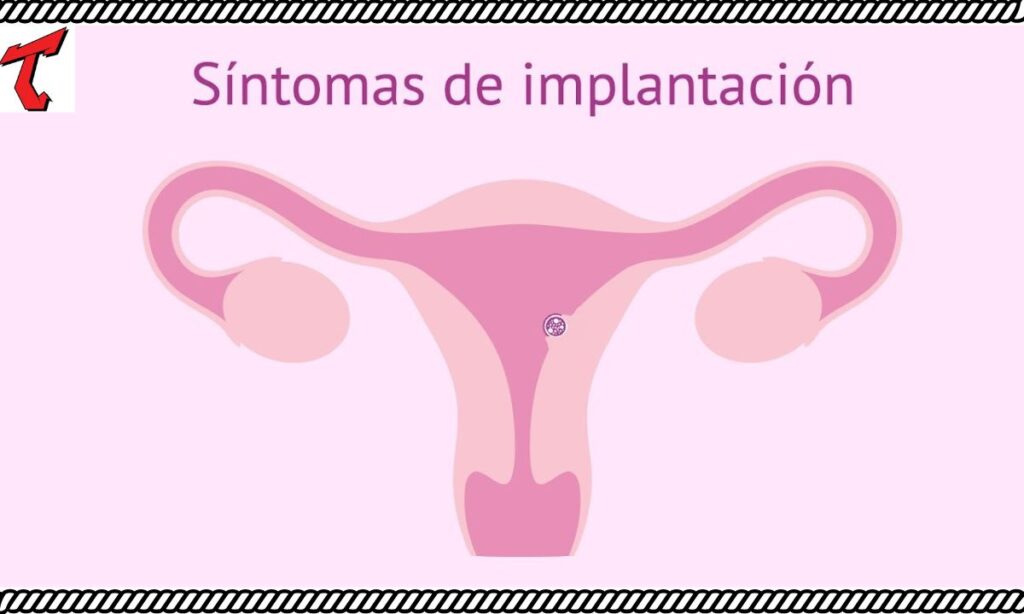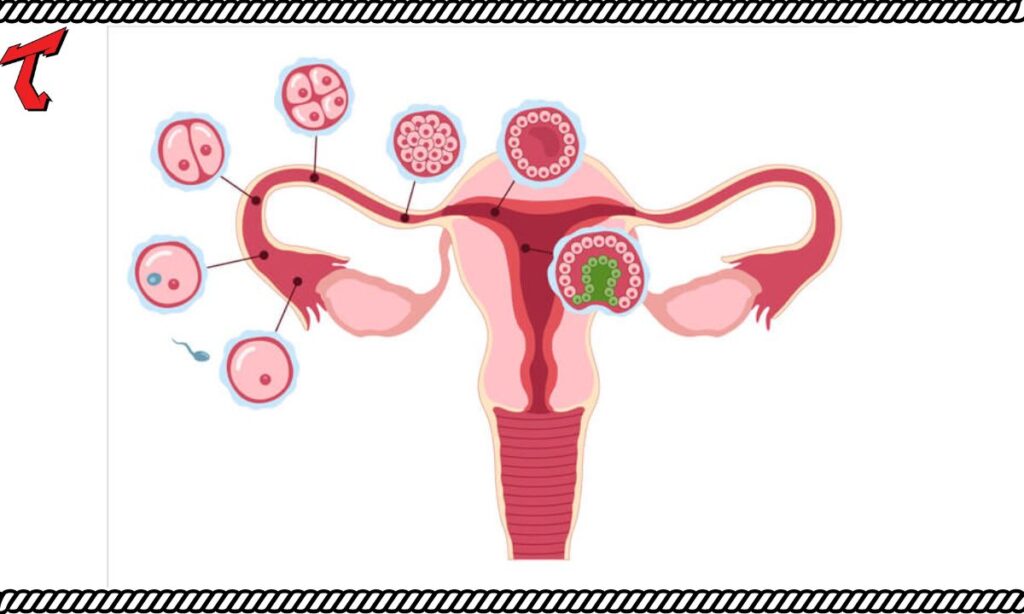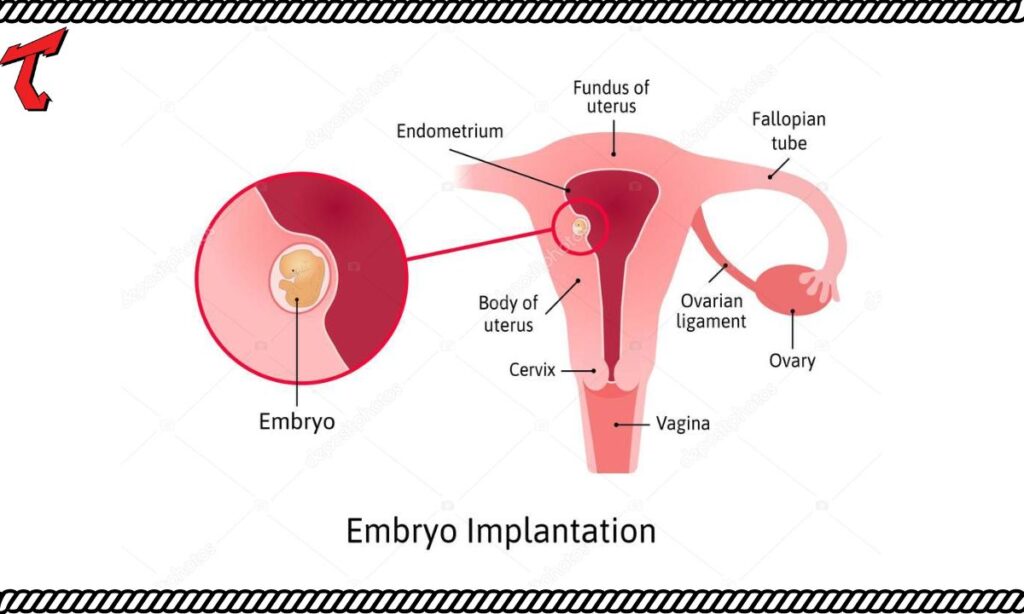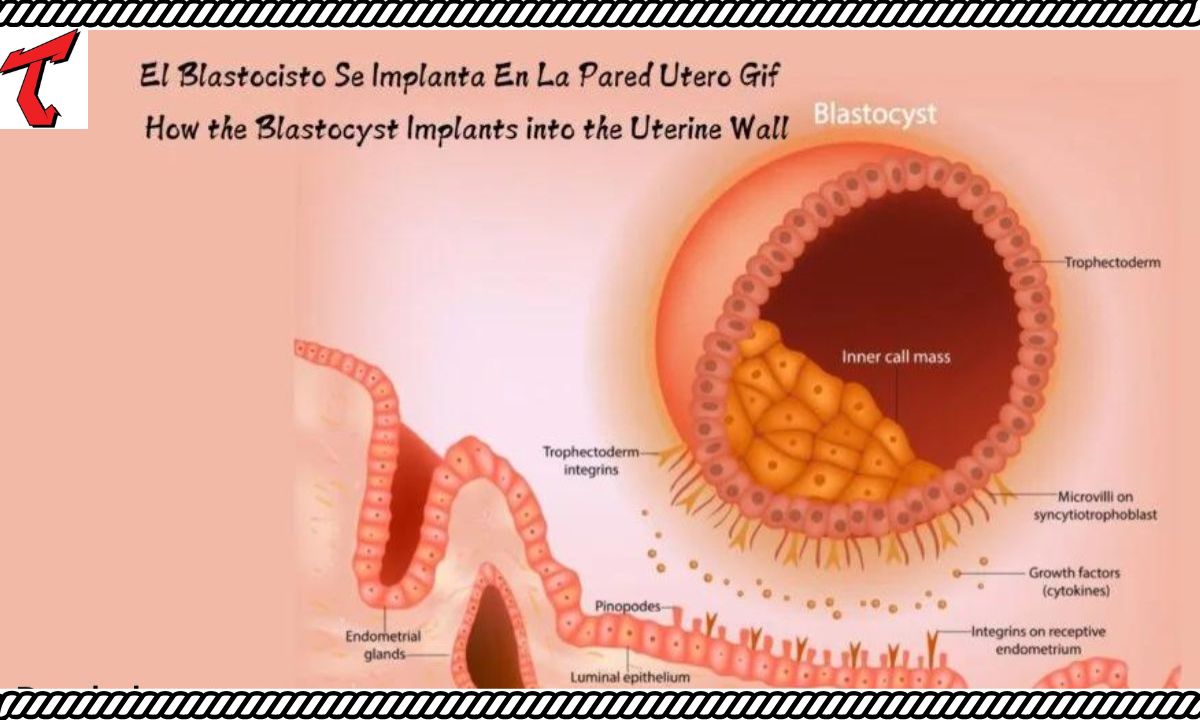El blastocisto es una etapa temprana del desarrollo embrionario. Se forma unos días después de la fertilización. La implantación es un proceso crucial en el embarazo. Durante este proceso, el blastocisto se adhiere al útero. Esta etapa marca el inicio del embarazo propiamente dicho.
What Is a Blastocyst?
A blastocyst is an early-stage embryo. It forms about 5-6 days after fertilization. The blastocyst consists of two main parts: the inner cell mass and the trophoblast. The inner cell mass will develop into the fetus.
The trophoblast will form the placenta. Understanding the blastocyst is crucial for grasping the embedding process. At this stage, the blastocyst is a hollow sphere. It contains about 200-300 cells. These cells are rapidly dividing and differentiating.
How Does the Blastocyst Embed in the Uterine Wall?
The blastocyst embeds in the uterine wall through a series of steps. This process is known as implantation. It typically occurs 6-10 days after fertilization.
The embedding process involves three main stages: apposition, adhesion, and invasion. Each stage is critical for successful implantation. The embedding el blastocisto se implanta en la pared utero gif can visually demonstrate these stages.
During apposition, the blastocyst makes initial contact with the uterine wall. Adhesion follows, where it attaches more firmly. Finally, invasion occurs as the blastocyst burrows into the uterine lining.
Understanding the Embedding of the Blastocyst in the Uterine Wall
Embedding is a delicate process that requires precise conditions. The uterine lining must be receptive for successful implantation. Hormonal changes prepare the uterus for this event.
The blastocyst also plays an active role in embedding. It releases enzymes that help it burrow into the uterine wall. This interaction between the blastocyst and the uterus is crucial for pregnancy.
The process of el blastocisto se implanta en la pared utero is synchronized. Both the blastocyst and the uterus must be ready at the same time. This window of opportunity is called the implantation window.
The Remarkable Journey of the Blastocyst: Embedding Process
The blastocyst’s journey begins in the fallopian tube. It travels down the tube towards the uterus. This journey takes about 5-6 days.
Once in the uterus, the blastocyst seeks a suitable spot for implantation. It then begins the embedding process. The embedding el blastocisto se implanta en la pared utero gif can illustrate this remarkable journey.
During this journey, the blastocyst continues to develop. It sheds its outer layer, called the zona pellucida. This allows it to interact directly with the uterine wall.
A Global Overview: Research and Innovations in Embedding

Research on blastocyst embedding is ongoing worldwide. Scientists are working to understand this process better. Their goal is to improve fertility treatments and reduce pregnancy complications.
Innovations in this field include advanced imaging techniques. These allow researchers to observe the embedding process in real-time. Such advancements are crucial for developing new fertility treatments.
Genetic studies are also shedding light on embedding. They help identify genes crucial for successful implantation. This knowledge could lead to new therapies for infertility.
Step-by-Step Guide to the Embedding Process
1. Data Preparation
- Collect and clean your text data
- Tokenize the text into individual words or subwords
- (Optional) Perform any necessary preprocessing (e.g., lowercasing, removing punctuation)
2. Choose an Embedding Model
- Select a pre-trained model (e.g., Word2Vec, GloVe, BERT)
- Consider factors like vocabulary size, dimensionality, and domain relevance
3. Generate Embeddings
- Feed your tokenized text through the chosen embedding model
- For each token, obtain its corresponding vector representation
4. Post-processing
- (Optional) Normalize the embeddings if required
- (Optional) Reduce dimensionality using techniques like PCA or t-SNE if needed
5. Storage and Indexing
- Choose a suitable database or file format to store the embeddings
- Consider using an indexing method for faster retrieval (e.g., approximate nearest neighbors)
6. Integration
- Incorporate the embeddings into your downstream task or application
- This could involve using them for classification, clustering, similarity search, etc.
7. Evaluation
- Assess the quality of your embeddings using intrinsic or extrinsic evaluation methods
- Fine-tune or adjust your process based on the evaluation results
8. Maintenance
- Regularly update your embeddings as new data becomes available
- Monitor performance and retrain or fine-tune as necessary
Read This Blog: Discovering google maps cascadas pedrigal cabo: An Upscale Condominium Community with Breathtaking Views
The Crucial Importance of Embedding
Successful embedding is essential for pregnancy. It allows the embryo to receive nutrients from the mother. Without proper embedding, pregnancy cannot progress.
Embedding also triggers important hormonal changes. These changes support the growing embryo. They also prevent the uterine lining from shedding.
The process of el blastocisto se implanta en la pared utero is critical for fetal development. It establishes the connection between mother and child. This connection will support the fetus throughout pregnancy.
Factors Influencing Embedding Success
Several factors can affect embedding success. The mother’s age is one important factor. Older women may have more difficulty with successful embedding.
Uterine health is another crucial factor. Conditions like endometriosis can hinder embedding. Lifestyle factors such as stress and diet can also play a role.
Hormonal balance is essential for successful embedding. Both too much and too little of certain hormones can interfere with the process. Regular check-ups can help monitor hormonal levels.
Embedding in the Context of In Vitro Fertilization (IVF)

In IVF, embedding is a critical step. Doctors carefully monitor this process. They use various techniques to improve embedding success rates.
One technique is assisted hatching. This helps the blastocyst break out of its shell. Another is embryo glue, which may help the blastocyst stick to the uterine wall.
The timing of embryo transfer in IVF is crucial. It must align with the uterine implantation window. Doctors use various markers to determine the optimal time for transfer.
Read This Blog: The Visionary Leadership of Ruobing Ma Ruo Ma Oakland
Visual Aids: Utilizing GIFs and Animations
GIFs and animations are valuable tools for understanding embedding. They can show the process in a dynamic, easy-to-understand way. The embedding el blastocisto se implanta en la pared utero gif is one such example.
These visual aids can demonstrate complex concepts simply. They help both medical students and patients grasp this intricate process. Many fertility clinics use such visuals in patient education.
Animations can show the entire journey of the blastocyst. From fertilization to embedding, these visuals make the process clear. They can highlight key stages and changes in the blastocyst.
Challenges of Embedding and Reproductive Health

Embedding doesn’t always succeed. Failed embedding can result in early pregnancy loss. This often happens before a woman knows she’s pregnant.
Some women experience recurrent implantation failure. This can be a cause of infertility. Understanding the reasons for these failures is an active area of research.
Ectopic pregnancy is another potential complication. This occurs when the blastocyst embeds outside the uterus. It’s a serious condition that requires immediate medical attention.
The Future of Research on Blastocyst Embedding
Future research aims to improve our understanding of embedding. Scientists are exploring new ways to support this process. This could lead to better fertility treatments.
Gene editing technologies may play a role in future research. They could help identify and potentially correct embedding issues. However, ethical considerations must guide such research.
Artificial intelligence is another promising area. It could help predict embedding success rates. This could guide treatment decisions in fertility clinics.
Frequently Asked Questions
What is a blastocyst?
A blastocyst is an early-stage embryo formed 5-6 days after fertilization.
When does embedding occur?
Embedding typically occurs 6-10 days after fertilization.
What factors affect embedding success?
Factors include maternal age, uterine health, and lifestyle choices.
How does IVF affect embedding?
IVF closely monitors and can assist the embedding process.
What happens if embedding fails?
Failed embedding can result in early pregnancy loss or infertility.
Conclusion
The embedding el blastocisto se implanta en la pared utero gif represents a crucial process in early pregnancy. Understanding this process is vital for reproductive health. It involves complex interactions between the blastocyst and uterine wall.
Research continues to uncover new insights about embedding. These discoveries may lead to improved fertility treatments. Visual aids like GIFs play a crucial role in educating about this process.

Brook is an experienced content writer and digital marketer, skilled in creating SEO-friendly content that resonates with audiences. He helps brands enhance their online presence through targeted campaigns, with expertise in blog writing, social media management, email marketing, and SEO optimization.





